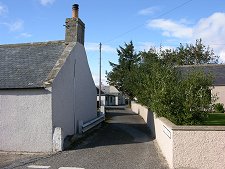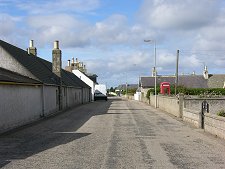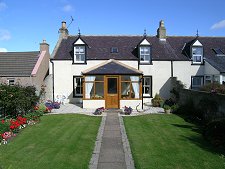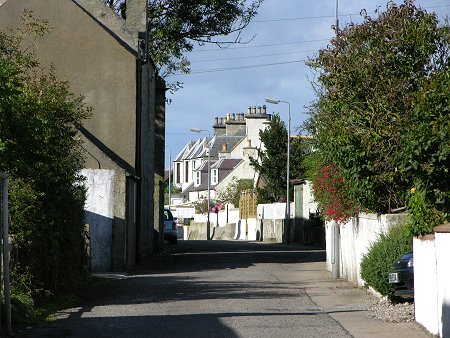 Lein Road |
Kingston lies at the end of the road. To reach it you follow the B-road from Mosstodloch through Garmouth. Beyond Kingston lies only the open waters of the North Sea, while to its east lies the River Spey and to its west the large semi-wilderness of the Lossie Forest, stretching for over 5 miles along the coast to Lossiemouth.
This is fitting, for the village, whose full name is Kingston-upon-Spey, was founded in 1784 and named after Kingston-upon-Hull in East Yorkshire, another place you don't pass through en route to anywhere else. Until 1784 this had been an empty rivermouth area of shingle and marsh. But in that year Messrs Dodsworth and Osborne, shipbuilders from Hull, signed a contract with the Duke of Gordon to buy all the timber in his extensive forest of Glenmore.
The Spey was already well used for floating wood from inland forests for processing at Garmouth, on the river a mile south of Kingston, where it was processed for export. But Dodsworth and Osborne were thinking bigger. They established shipyards at Kingston capable of building boats of up to 500 tons and with masts of up to 60ft high. In the early 1800s, clipper ships were produced here to service the tea trade from India.
The process of getting the timber down the Spey could be a spectacular one. One observer at the time reported: "The logs and spars belonging to the English company are at times floated down in single pieces, to the number of perhaps 20,000 at a time, conducted by 50 or 80 men going along the sides of the river to push them off by poles as they stick to the banks, hired at 1/2d per day and a competent allowance of spirituous liquor."
Many houses and other buildings in Kingston were destroyed in the Muckle Spate, the exceptionally violent and damaging floods that swept down the River Spey in 1829. And before the century was much older the twin pressures of diminishing inland wood stocks and the growing dominance of steel-hulled ships spelled the end for shipbuilding and associated industries at Kingston.
If you didn't know any of this history, you'd never guess it from a visit to Kingston today. What you find are a number of attractive rows of largely low houses and cottages, almost hiding away behind the shingle mounds that form the north facing coast here. And while the banks of the Spey have a number of odd indentations and creeks that you could associate with shipbuilding docks with a little imagination, the river is now more of interest to bird watchers, or those simply here to enjoy the views across to Spey Bay and the unique atmosphere of this intriguing place.
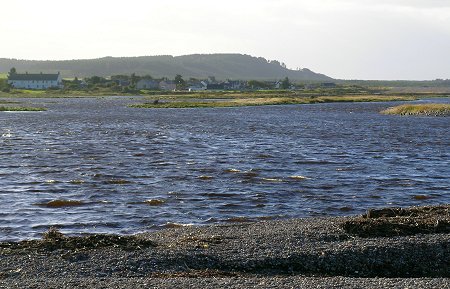 Kingston Viewed Across the River Spey from Spey Bay |
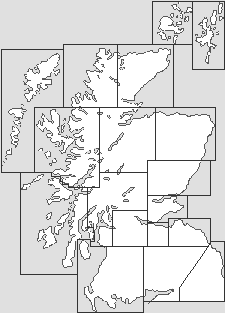
|
|
|
Visitor InformationView Location on MapWhat3Words Location: ///timed.lanes.teach |
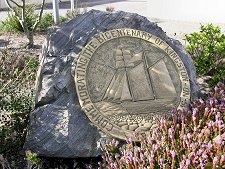 Bicentenary Plaque |
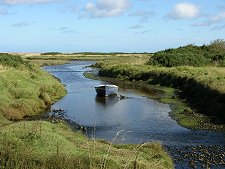 Moored Boat |
